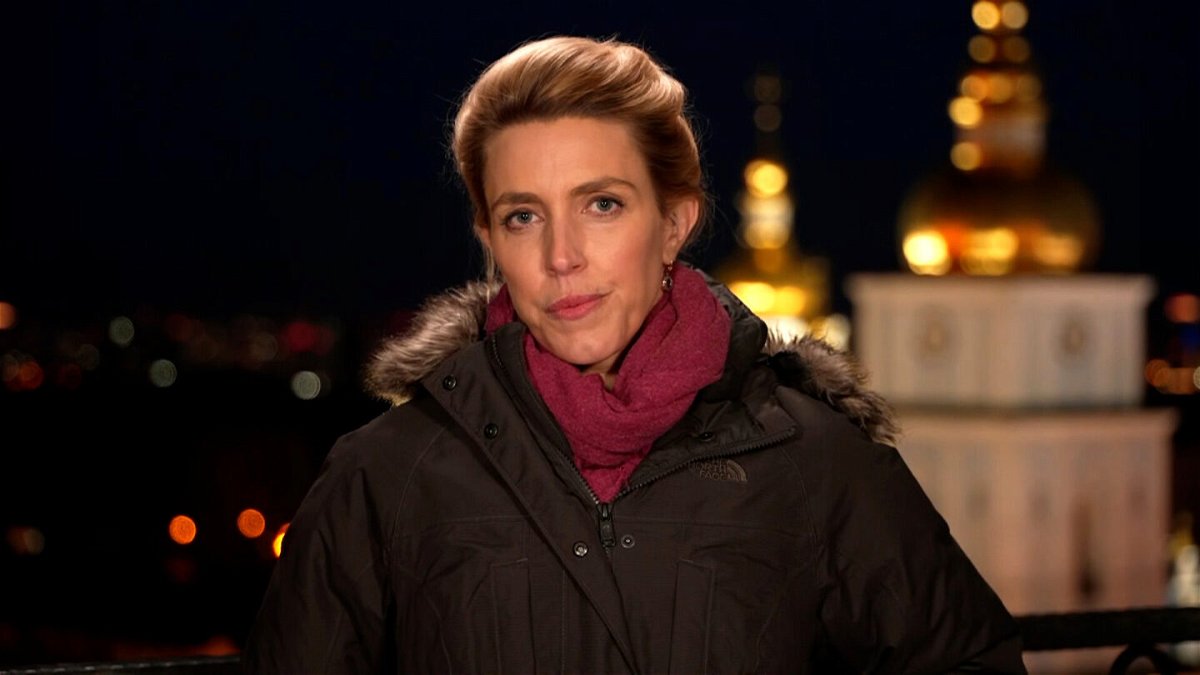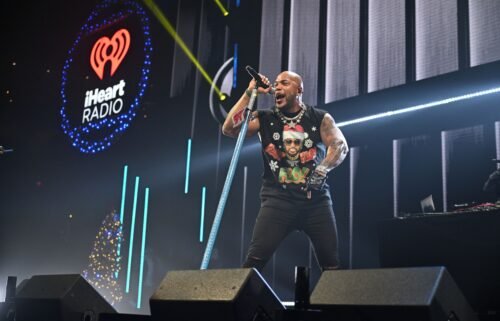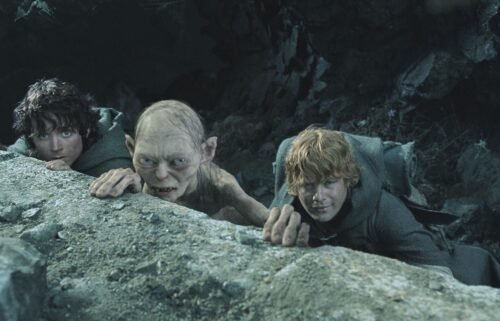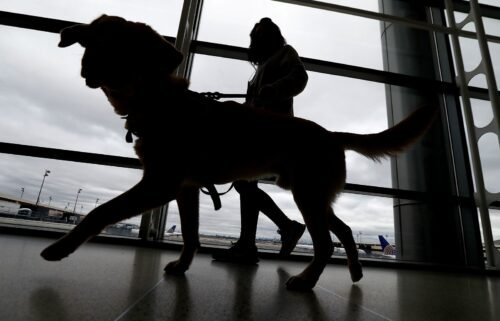CNN reporter describes the challenges of covering the conflict in Ukraine

By Ramishah Maruf, CNN
Covering what’s really happening on the Ukrainian border is being made even more difficult because of the constant flow of unverified or potentially misleading information, said Clarissa Ward, CNN’s chief international correspondent. The prevalence of amateur videos, crowdsourced content and difficult to discern satellite imagery can confuse or perhaps misinform even seasoned journalists.
The far-eastern region of Ukraine includes breakaway, pro-Russian separatist republics, and residents there have been describing scenes of carnage from shells allegedly fired by the Ukrainian military.
But proof of the shelling is much harder to come by. “We’ve not seen anything to back that up in any way,” Ward said of efforts to verify those reports.
On Friday, Ward viewed a video from one of the separatist leaders claiming there was going to be an imminent attack from the Ukrainian military and including footage of busloads of evacuees.
But when CNN staffers studied the meta data on the video, they realized it was actually recorded earlier in the week.
“The fact that it was prerecorded and then released at a specific time indicates indeed that there’s some kind of premeditated plot here,” Ward told CNN chief media correspondent Brian Stelter on “Reliable Sources” Sunday. Ward added that similar potentially manufactured scenes are playing out on Russian TV, including footage of tearful elderly women escaping separatist areas.
Some glimpses of what’s really happening in the region can be gleaned through social media — including TikTok videos. But journalists are trained to never take any narrative at face value.
“Nowadays, we’re having to use so many different tools to go about that verification process,” Ward said. “It all makes the job just a little bit more complex.”
A CNN team accompanying the Ukrainian interior minister came under mortar fire yesterday. They managed to gather video and then were quickly evacuated by the Ukrainian military, Ward said.
“What you’re seeing in the last few days is … a major uptick, a major escalation,” Ward said. “Particularly when you’re seeing shells landing on civilian buildings.”
Is the news media rooting for war?
Stelter pointed out that many critics on Twitter and other platforms argue that the media is rooting for war.
CNN media analyst David Zurawik said that accusation “outrages” him, especially while seeing journalists covering the conflict from the front lines.
“War is not that great a financial inducement, at least in the television industry,” Zurawik said. “A lot of sponsors don’t want their product being shown during war.”
The-CNN-Wire
™ & © 2022 Cable News Network, Inc., a WarnerMedia Company. All rights reserved.




